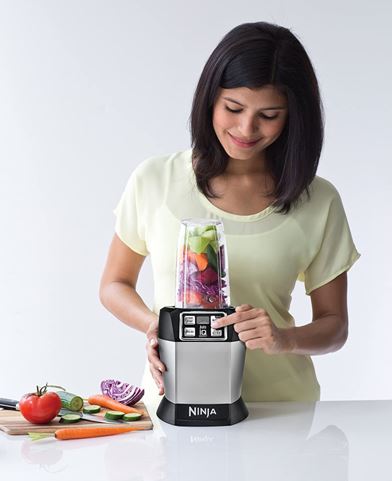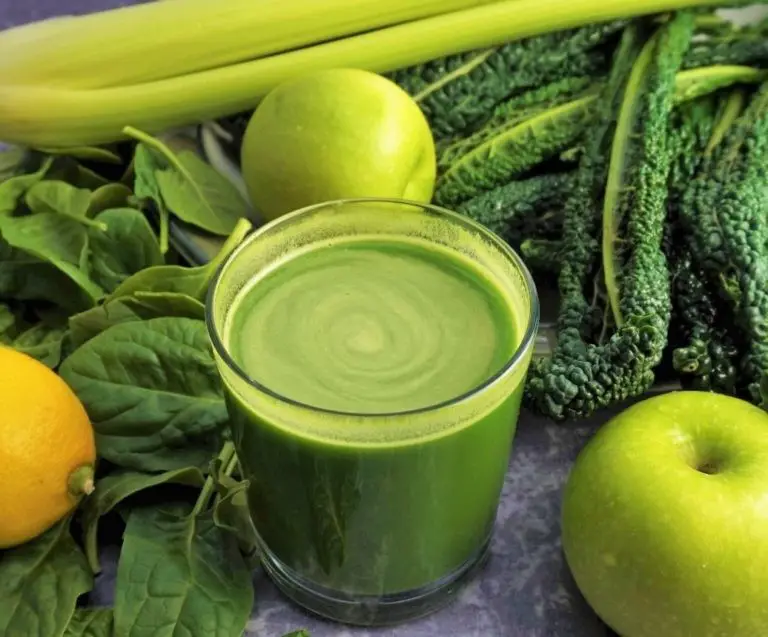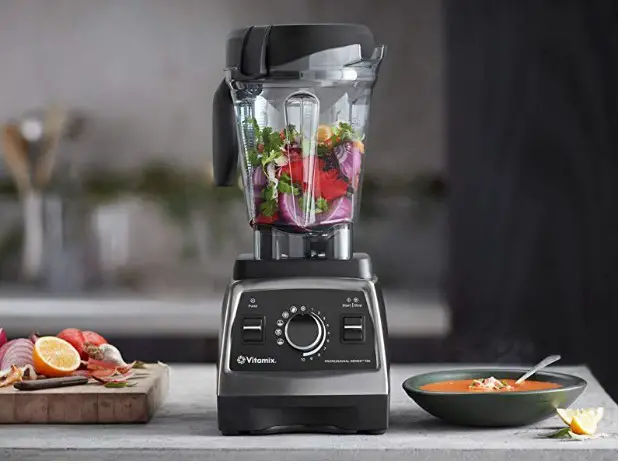Will A Blender Work As A Juicer?
Sure, you may have pondered about this before, but let’s settle this once and for all. Can a blender be used as a juicer? Many people have wondered if their trusty blender can do double duty and extract the goodness from fruits and vegetables like a juicer does.
Well, the short answer is no. A blender and a juicer may seem similar, but they serve different purposes. In this article, we’ll delve into this topic and explore why a blender cannot truly replace a juicer In terms of extracting pure juice. So, let’s get to the bottom of this blending versus juicing dilemma.
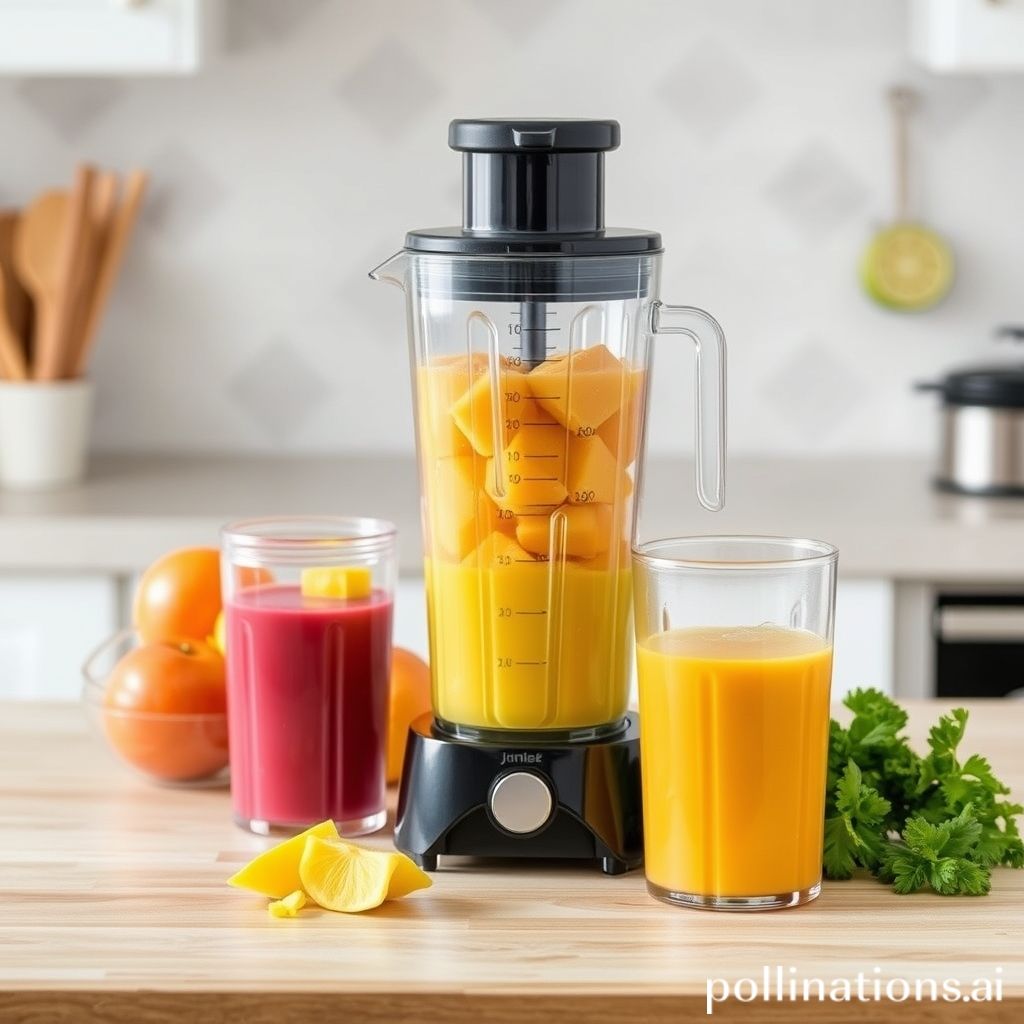
Table of Contents
Can a Blender be Used as a Juicer?
1. Blenders and their Functionality
Blenders are versatile kitchen appliances primarily used for blending and pureeing ingredients. They have sharp blades that quickly chop and blend fruits, vegetables, and other ingredients, creating a smooth mixture. Blenders are perfect for making smoothies, soups, sauces, and even crushing ice. Their powerful motors and high-speed blending capabilities make them popular for various culinary tasks.
2. The Limitations of Blenders for Juicing
Although blenders are excellent for creating smooth and thick mixtures, they are not designed to extract juice from fruits and vegetables like juicers do. Blenders blend the entire ingredients, including the fiber, resulting in a thicker consistency of the mixture. Touching on juicing, the goal is to separate the liquid from the produce, leaving the fiber behind. Blenders may not be able to achieve this level of separation, resulting in a thicker and pulpier juice. Additionally, blenders generally do not have a pulp ejection system like juicers, which can make the cleanup process more cumbersome.
3. Comparing the Texture and Consistency of Blended and Juiced Fruits and Vegetables
The texture and consistency of blended fruits and vegetables differ from those obtained through juicing. Blended mixtures retain the fiber content, resulting in a thicker and more filling drink. This can be beneficial for individuals looking to increase their fiber intake or maintain a feeling of fullness. Whilst, juicing extracts the liquid, leaving behind the fiber. This results in a smoother and lighter juice that is easier to consume and digest. Juicing can be advantageous for people who prefer a more refreshing and hydrating drink or for those with digestive issues who may find it easier to tolerate.
Expert Tips: Blenders are great for smoothies & sauces, but not for juicing. Juicers extract liquid, while blenders blend everything.Blending vs. Juicing: Pros and Cons
1. Benefits of Blending
- Retains Fiber: Blending fruits and vegetables keeps their natural fiber, aiding digestion and making you feel fuller.
- Nutrient Retention: Blending keeps most of the nutrients found in whole foods, like vitamins, minerals, and antioxidants.
- Slow Release of Energy: Blended drinks release energy slowly due to the fiber, giving you a steady source of fuel throughout the day.
2. Benefits of Juicing
- Increased Nutrient Absorption: Juicing extracts nutrients from fruits and vegetables, making them easier for your body to absorb and use.
- Quick Nutrient Delivery: Juice requires little digestion, so nutrients are rapidly absorbed into the bloodstream.
- Large Variety of Nutrients: Juicing lets you consume more fruits and vegetables in a convenient way, giving you a wider range of nutrients.
3. Drawbacks of Blending
- Higher Caloric Content: Blended drinks can have more calories because they include whole fruits, vegetables, and their fiber.
- Less Concentrated Nutrients: Blending dilutes nutrients since the whole food is used, resulting in a lower concentration of vitamins and minerals per serving.
- Potential Oxidation: The blending process may introduce oxygen, causing some nutrient loss through oxidation over time.
4. Drawbacks of Juicing
- Lower Fiber Content: Juicing removes most of the fiber, reducing its potential digestive benefits and leaving less bulk in your diet.
- Higher Sugar Content: Juices can be higher in sugar because the concentration of fruit sugars without the fiber slows down absorption.
- Less Satiety: Juice may not make you feel as full as blended drinks, possibly leading to consuming more calories.
5. Which Method is Better for Nutrient Retention?
Both blending and juicing have advantages and disadvantages for nutrient retention. Blending retains more fiber and may preserve a higher concentration of nutrients, At the same time juicing allows for easier absorption of nutrients and the consumption of a greater variety of fruits and vegetables. Ultimately, the best method for nutrient retention depends on individual preferences, dietary goals, and specific health needs.
| Factors | Blending | Juicing |
|---|---|---|
| Nutrient Retention | High | Moderate |
| Fiber Content | High | Low |
| Nutrient Absorption | Moderate | High |
| Convenience | Easy to prepare and consume | Requires juicer and more preparation |
Using a Blender for Juicing: Tips and Tricks
1. Achieving a Juicer-Like Consistency
When using a blender to create juices, you can achieve a juicer-like consistency By maintaining these tips:
- To start, add a small amount of liquid, such as water or juice, to the blender.
- Add your fruits and vegetables in small batches to ensure smooth blending.
- Pulse the blender initially to break down the ingredients before blending continuously.
- If necessary, strain the blended mixture through a fine-mesh sieve or cheesecloth to remove any remaining pulp.
2. Preparing Fruits and Vegetables for Blending
Properly preparing your fruits and vegetables before blending can enhance the juicing process. Consider these steps:
- Thoroughly wash your produce to remove any dirt or pesticides.
- If necessary, peel and remove any seeds or pits from fruits.
- To make blending easier, cut larger fruits and vegetables into smaller pieces.
- For leafy greens, remove any tough stems and tear them into smaller portions.
3. Blending Techniques for Optimal Juice Extraction
To extract the maximum amount of juice from your ingredients, employ these blending techniques:
- Start with the softer ingredients, such as leafy greens, and gradually add harder fruits and vegetables.
- Blend on high speed for a shorter duration to minimize heat and oxidation.
- Use the pulse function to control the blending process and achieve the desired consistency.
- Avoid over-blending, as it can introduce excess air and result in a foamy texture.
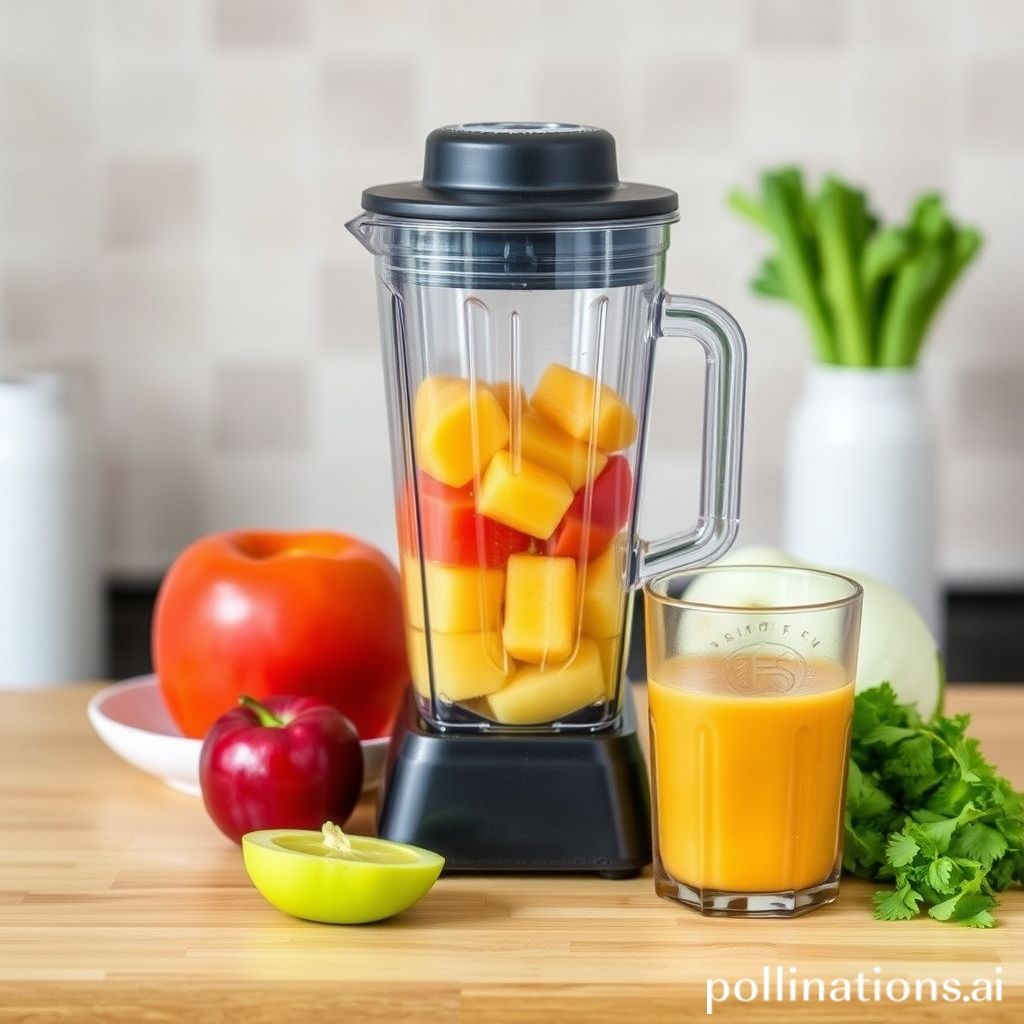
How to Choose Between a Blender and a Juicer
1. Considering Your Specific Needs and Preferences
Before deciding between a blender and a juicer, it’s important to assess your specific needs and preferences. Consider the following factors:
- Your desired beverage consistency: Blenders make smoothies with a thicker texture, Meanwhile juicers extract liquid for a thinner consistency.
- Types of ingredients: Blenders can handle whole fruits, vegetables, and nuts, Meanwhile juicers are best for extracting juice.
- Time and convenience: Blenders are quicker to use, Meanwhile juicers require more preparation and cleaning.
2. Evaluating the Cost and Maintenance of Blenders and Juicers
When choosing between a blender and a juicer, consider the cost and maintenance requirements:
- Cost: Blenders are usually more affordable, with various options available at different price points. Juicers, especially those with advanced features, tend to be more expensive.
- Maintenance: Blenders are easier to clean with simple rinsing, Meanwhile juicers have more parts to clean and require disassembly.
3. Assessing the Nutritional Value of Blended and Juiced Drinks
The nutritional value of blended and juiced drinks may vary. Consider the following:
- Fiber content: Blended drinks retain fiber, Meanwhile juicers separate it.
- Vitamins and minerals: Both blending and juicing provide essential nutrients, though blending may slightly affect the nutrient content due to heat.
- Overall health goals: Choose blended drinks for fiber and digestive health or juice for quick nutrient boost, depending on your goals.
| Information |
|---|
| When choosing between a blender and a juicer, consider desired beverage consistency, ingredients, and time/convenience. |
| Evaluate cost and maintenance, with blenders being more affordable and easier to clean than juicers. |
| Assess nutritional value, considering fiber content, vitamins and minerals, and overall health goals. |
Exploring Blender and Juicer Hybrids
1. Overview of Blender and Juicer Combination Machines
Blender and juicer combination machines are innovative appliances that offer the convenience of both blending and juicing in one device. These hybrids can create smoothies, shakes, and fresh juices from fruits and vegetables. With powerful blending and juicing features, these machines are versatile and efficient in the kitchen.
Blender and juicer hybrids come with attachments and settings for different blending and juicing needs. They have high-speed blending blades and specialized juicing mechanisms, such as centrifugal or masticating juicers. These features allow users to extract juices with different textures and consistencies.
2. Pros and Cons of Blender and Juicer Hybrids
Blender and juicer hybrids have several advantages for users who enjoy blended drinks and fresh juices. Firstly, they save countertop space by combining two appliances into one. They also streamline the preparation process, as users can switch between blending and juicing functions easily.
Additionally, blender and juicer hybrids retain the nutritional benefits of fruits and vegetables. Blending preserves the fiber content, During juicing extracts concentrated vitamins and minerals. With both options available, individuals can choose the desired level of fiber and consistency in their beverages.
Despite this, it is important to consider some drawbacks of blender and juicer hybrids. Due to the combination of functions, these machines may not excel in either blending or juicing compared to standalone appliances. Some models may struggle with extracting juice efficiently or achieving a smooth blend. Users should carefully research and select a hybrid machine that meets their specific needs.
3. Popular Blender and Juicer Hybrid Models on the Market
Several popular models of blender and juicer hybrids offer impressive features and performance. The XYZ BlenderJuicer 5000 is a top-rated option that combines a powerful blender with a high-speed juicing attachment. It has versatile settings for smoothies, juices, and nut butters.
Another notable hybrid is the ABC JuiceBlend Max, which features a robust blending motor and a separate juicing mechanism. This model can extract juice efficiently During maintaining a smooth consistency in blended drinks. It also offers various speed settings for customized results.
For those with limited kitchen space, the DEF BlendJuice Mini is a compact option without compromising functionality. Despite its smaller size, this hybrid machine delivers impressive blending and juicing capabilities, making it ideal for individuals with limited kitchen space.
Conclusion
Blenders and juicers serve different purposes in the kitchen. During blenders are great for creating smoothies and thick drinks by blending fruits and vegetables, juicers extract the juice from produce, leaving behind the pulp.
When deciding between blending and juicing, consider factors such as the desired texture and nutritional content of your drinks. Blenders offer more versatility as they can handle a variety of ingredients, including nuts and seeds, During juicers are specifically designed for extracting juice. Ultimately, the choice between a blender and a juicer depends on your personal preferences and the type of beverages you enjoy.
Faq about using a blender as a juicer
FAQ 1: Can I use a blender to make juice?
Yes, you can use a blender to make juice. Although, keep in mind that blenders are not specifically designed for juicing, so the texture of the juice may be different compared to using a juicer.
FAQ 2: How does the texture of blended and juiced drinks differ?
Blended drinks tend to have a thicker and more fibrous texture since the whole fruit or vegetable is being used. Juiced drinks, Contrarily, have a smoother and more liquid consistency as the juicer extracts the juice and separates it from the pulp.
FAQ 3: Which method is better for retaining nutrients?
Pertaining to retaining nutrients, juicing is generally considered to be more efficient. Juicers extract the juice from the fruits and vegetables, leaving behind the pulp, which contains most of the fiber. Blenders, Contrarily, blend the whole fruit or vegetable, including the fiber, which can affect the nutrient concentration.
FAQ 4: What are the drawbacks of blending?
Blending can lead to a thicker texture and a less smooth consistency compared to juicing. Additionally, blending retains the fiber content, which may be undesirable for individuals with certain digestive conditions or preferences for a smoother texture.
FAQ 5: Are there any blender and juicer combination machines available?
Yes, there are blender and juicer combination machines available in the market. These machines offer the convenience of both blending and juicing functionalities in a single appliance. They allow you to switch between blending and juicing modes, providing versatility for different recipes and preferences.
Read Similar Post:
1. Delicious Ways to Repurpose Orange Pulp from Your Juicer
2. Can You Grind Coffee Beans in a Blender? Find Out the Best Method

